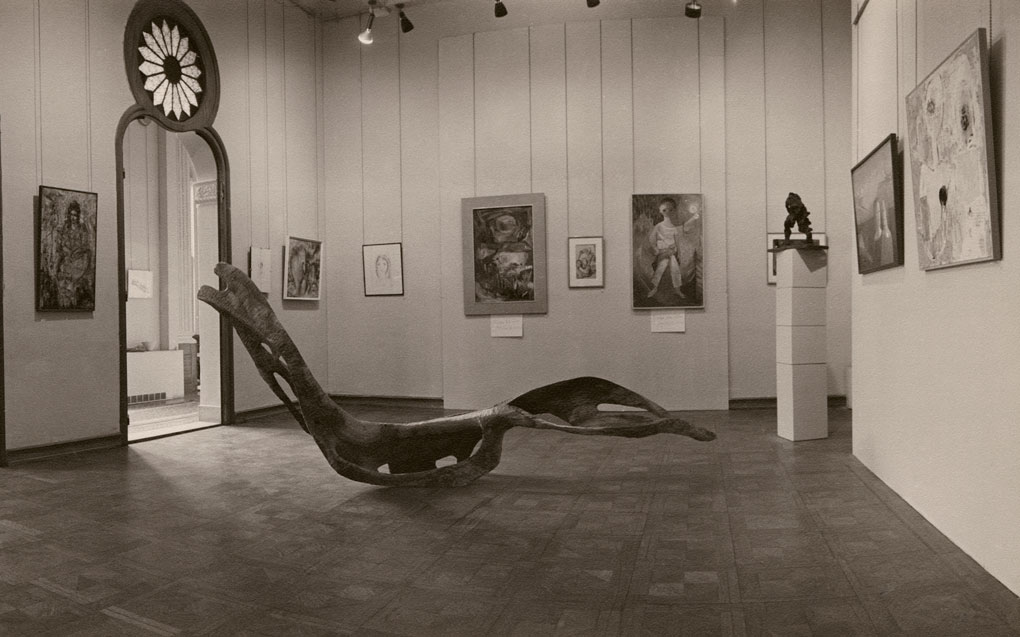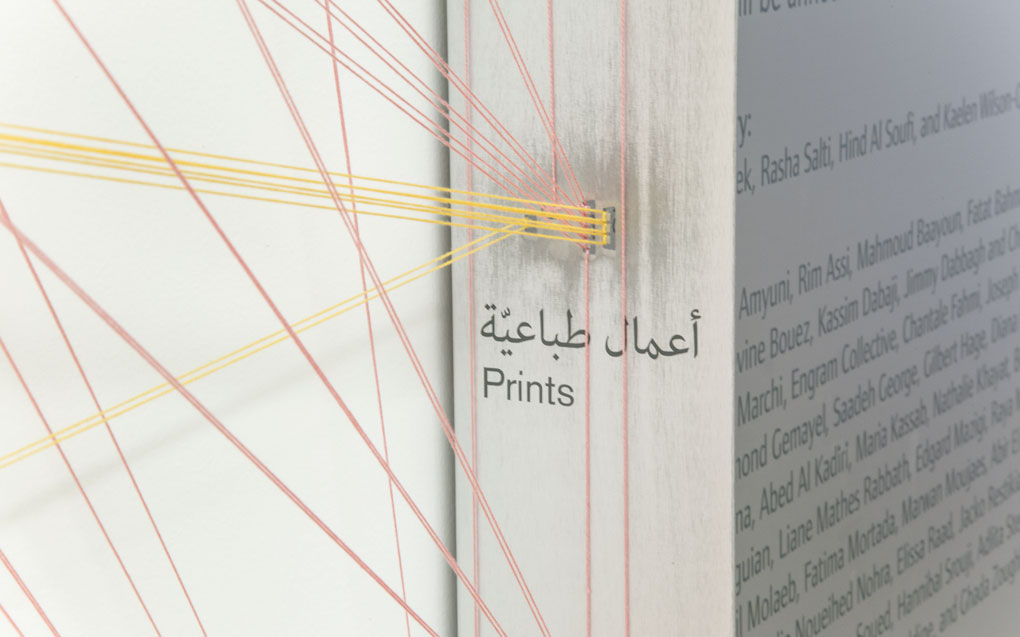33rd Salon d'Automne
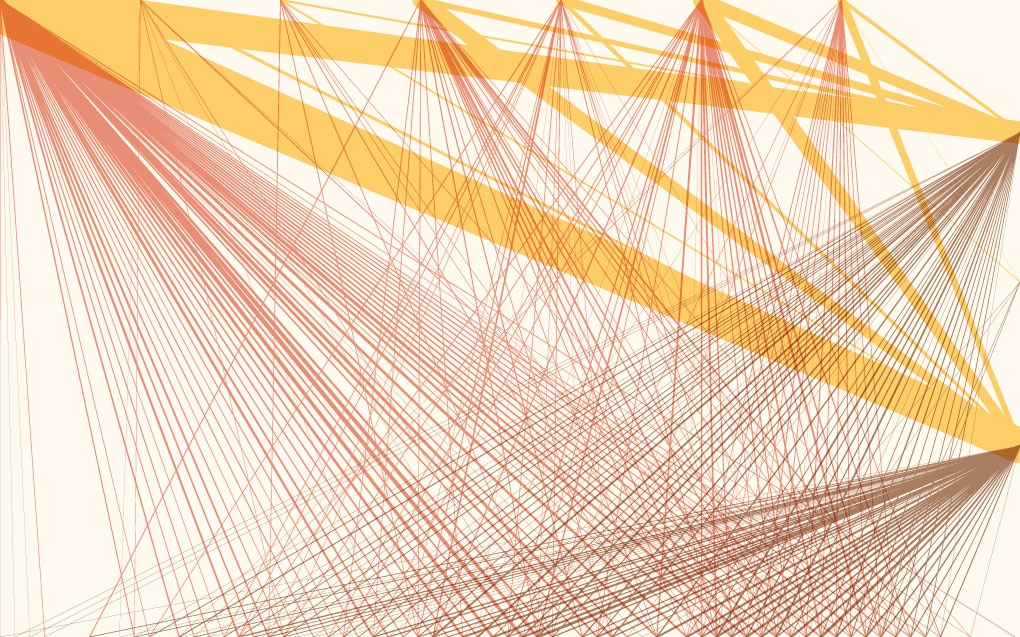
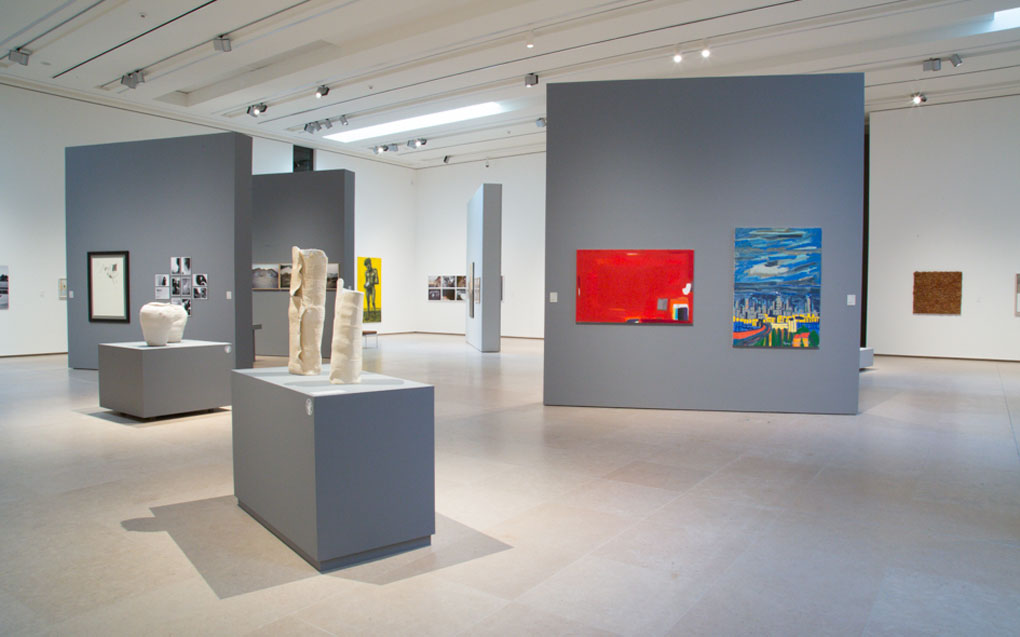
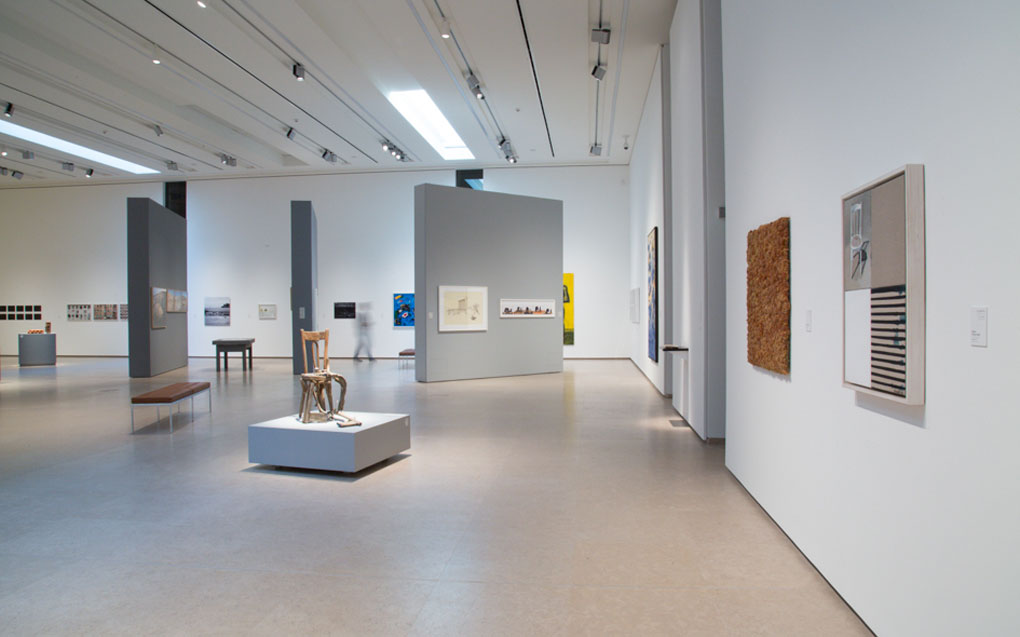
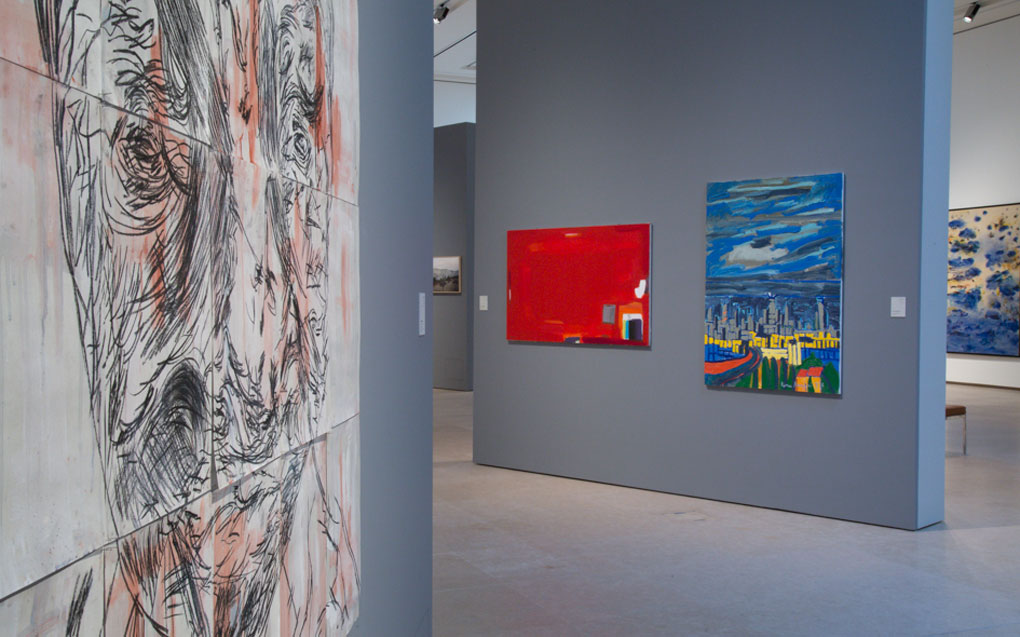
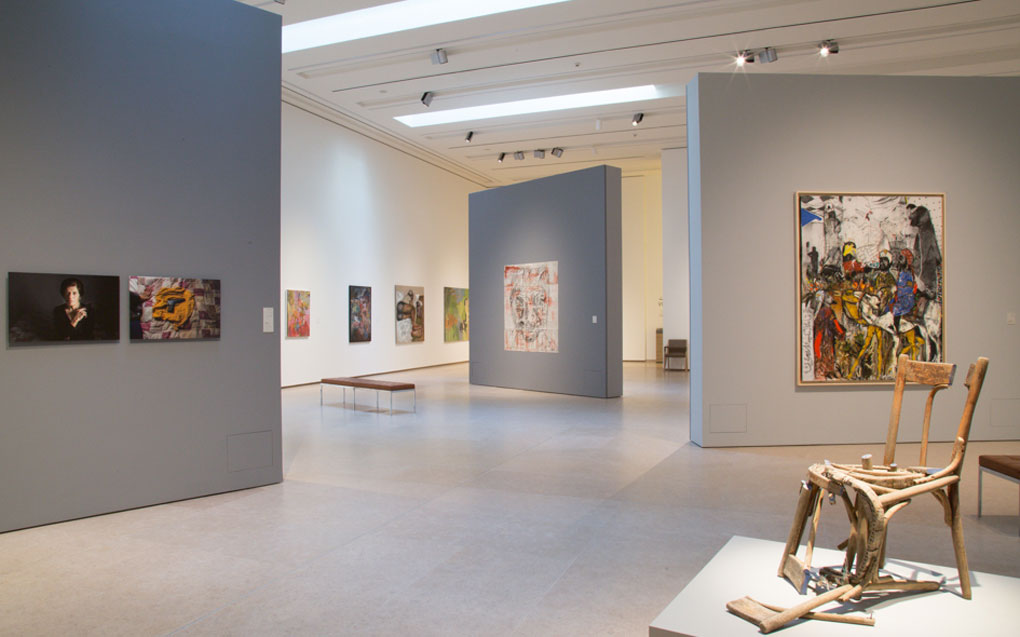
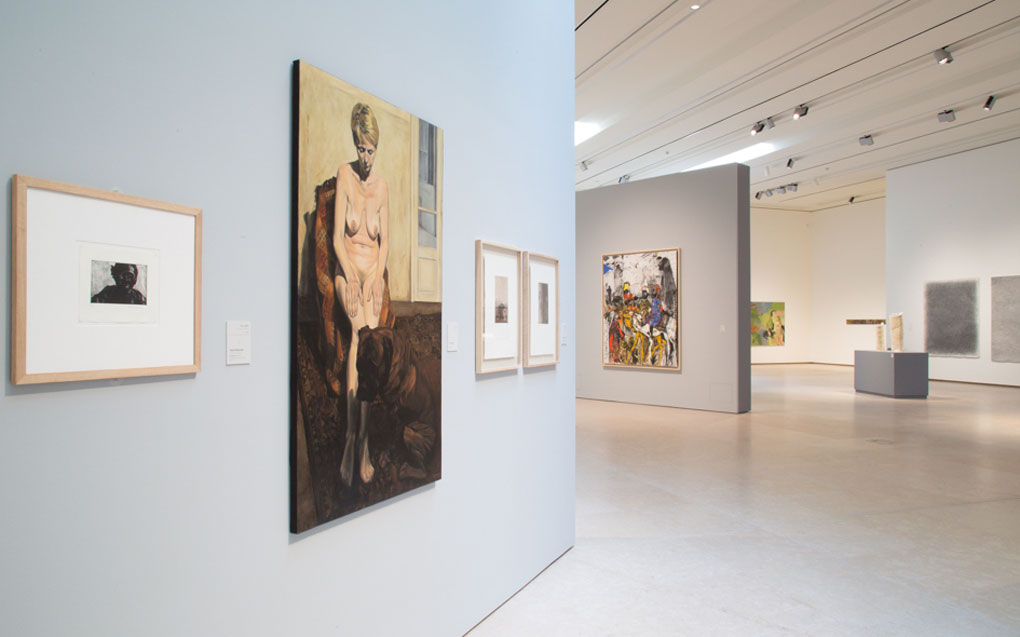
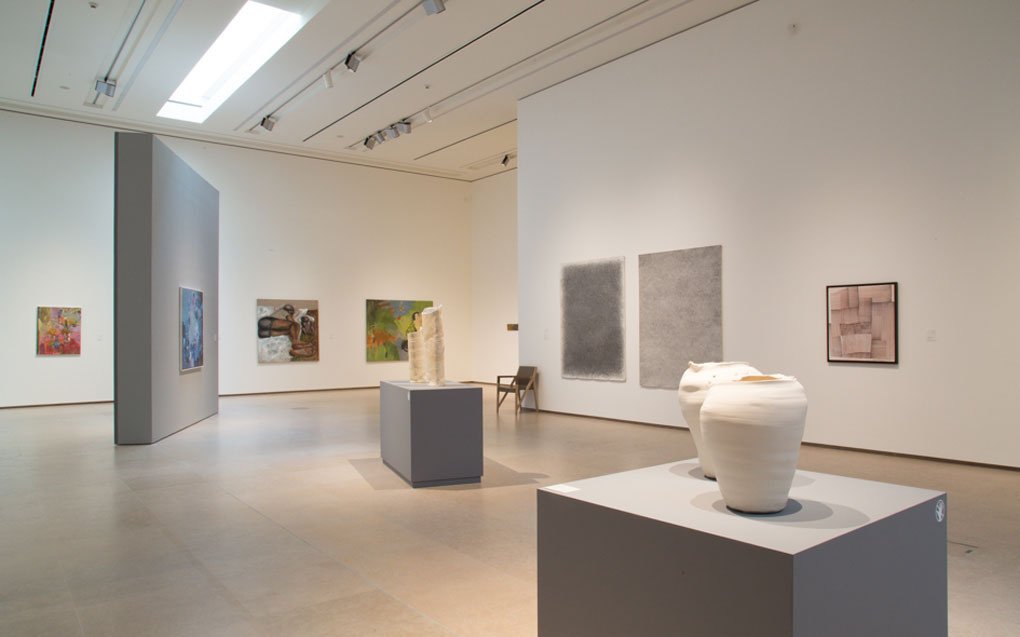
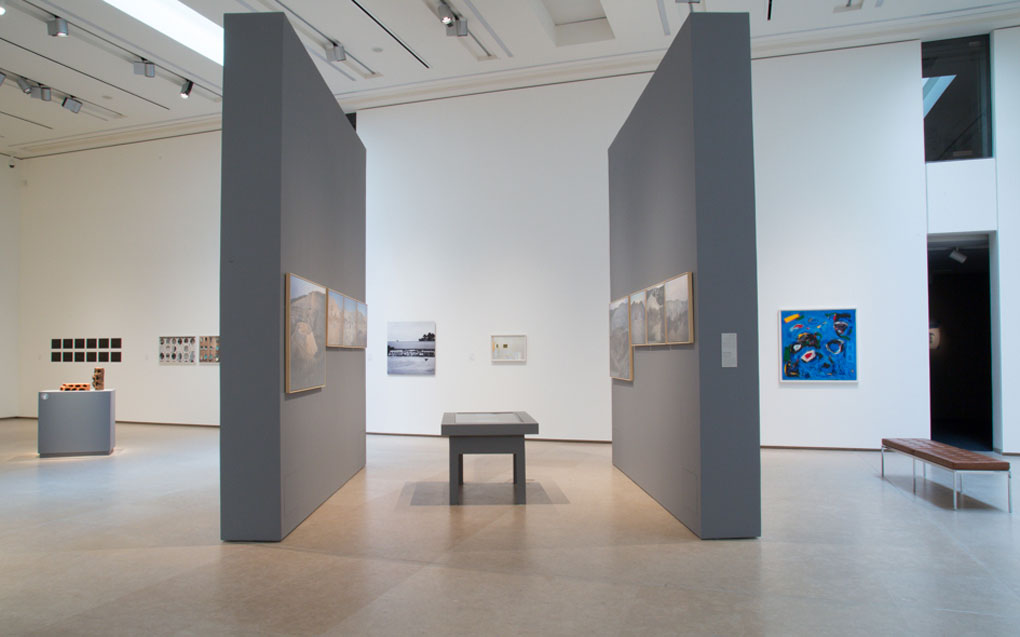
Awarded artists
We are pleased to announce the awarded artists in the 32nd Salon d'Automne.
Sursock Museum Prize: Abed Al Kadiri
Emerging Artist Prize offered by Mrs. Hind Sinno: Dala Nasser
Audience Choice Award: Nevine Bouez
Special Mention of the Jury: Engram Collective; Raymond Gemayel
About the exhibition
One of the primary activities of the Sursock Museum since its opening in 1961, the Salon d’Automne has consistently brought together emerging and established artists in the longest running open call exhibition in Lebanon. Following in the traditions of the historic Paris Salon, the Salon d’Automne was a place where artists could show new work to a broad public, signaling trends and shifts in the art scene of the time. The most notable Salon d’Automne took place in 1964, where the move towards abstraction in art was clearly noticeable. Since then, the Salon d’Automne has brought together artists, art critics, and the public in a lively debate on the state of art in Lebanon.
The Salon d’Automne now takes place every two years as part of the expanded Museum’s varied exhibitions program, which sees three major exhibitions per year. The open call format is an opportunity for the Museum to encounter a wide variety of practices by artists living and working in Lebanon, and for early career artists to show their work in a major exhibition at the Museum. This year’s Salon d’Automne brings together 52 artists working across all media, from painting and installation to video. Selecting works from over 300 applications was not an easy task for the Jury.
Every year, the Museum awards several prizes. These are the Sursock Museum Prize for the most innovative work, and the Emerging Artist Prize – generously gifted by Mrs. Hind Sinno – for the most promising early career artist. This year, and for the first time, we have added the Audience Choice Award. You will be able to select your favorite artwork to be awarded, so don’t forget to cast your vote inside the exhibition space!
Composition of the Jury
The Jury members of the 32nd Salon d’Automne were Reem Fadda, Walid Sadek, Rasha Salti, Hind Al Soufi, and Kaelen Wilson-Goldie. They selected works by 52 artists to be included in the exhibition.
Exhibiting artists
Exhibiting artists in the 32nd Salon d’Automne are Balsam Abo Zour, Rima Amyuni, Rim Assi, Mahmoud Baayoun, Fatat Bahmad, Tamara Barrage, Etienne Bastormagi, Nevine Bouez, Kassim Dabaji, Jimmy Dabbagh and Christine Labban, Rola Dally, Cristiana de Marchi, Engram Collective, Chantale Fahmi, Joseph Faloughi, Karima Al-Gelany, Raymond Gemayel, Saadeh George, Gilbert Hage, Diana Halabi, Issa Halloum, Amy Hanna, Abed Al Kadiri, Maria Kassab, Nathalie Khayat, Betina Khoury Badr, Serge Ohannes Manouguian, Liane Mathes Rabbath, Edgard Mazigi, Raya Mazigi, Simon Mhanna, Samar Mogharbel, Jamil Molaeb, Fatima Mortada, Marwan Moujaes, Abir El Moukaddam, Tarek Mourad, Dala Nasser, Alia Noueihed Nohra, Elissa Raad, Jacko Restikian, Mahmoud Safadi, Hala Schoukair, Stelio Scamanga, Antoine Soued, Hannibal Srouji, Adlita Stephan, Lara Tabet, Tanya Traboulsi, Carmen Yahchouchy, Hassân Zahreddine, and Ghada Zoughby.
About the Jury
Reem Fadda was the Associate Curator, Middle Eastern Art for the Guggenheim Abu Dhabi Project from 2010-2016. Between 2005-07, she was Director of the Palestinian Association for Contemporary Art (PACA) and worked as Academic Director to the International Academy of Art – Palestine, which she helped found in 2006. She was appointed as the Curator for the National Pavilion of the United Arab Emirates of the 55th Venice Biennale, 2012, and was recently the curator of the 6th Marrakech Biennale, held from February to May 2016.
Walid Sadek is an artist and writer living in Beirut. His early work investigates the familial legacies of the Lebanese Civil War. He later began to posit, mostly in theoretical texts, ways of understanding the complexity of lingering civil strife in times of relative social and economic stability. His later written work endeavors to structure a theory for a postwar society disinclined to resume normative living. More recently, his artworks and written texts begin to propose a poetics for a sociality governed by the logic of a protracted civil war and search for a critical temporality to challenge that same protractedness. He is Associate Professor in the Department of Fine Arts and Art History at the American University of Beirut.
Rasha Salti is a curator and writer. She was an international programmer for the Toronto International Film Festival, and prior to that a programmer for the Abu Dhabi Film Festival. Among the programs she co-curated: Mapping Subjectivity: Experimentation in Arab Cinema from the 1960s until Now (with Jytte Jensen) presented at the Museum of Modern Art, New York, in 2010, 2011 and 2012; the retrospective of Lebanese Cinema Before the Storm (with Richard Peña) for the Film Society at Lincoln Center in 2010; and the retrospective of Syrian cinema The Road to Damascus (also with Richard Peña), in 2006. Salti was also one of the curators of the 10th edition of the Sharjah Biennial in 2011. Presently, she has co-curated with Kristine Khouri the documentary and archival exhibition Past Disquiet: Narratives and Ghosts from the International Art Exhibition for Palestine (Beirut, 1978), presented at the Museum of Contemporary Art in Barcelona in 2015, and at the Haus der Kulturen der Welt in 2016. Her essays have appeared in publications such as Afterall, The London Review of Books, and Naqd. She collaborated with Ziad Antar on the exhibition and publication Beirut Bereft: The Architecture of the Forsaken and Map of the Derelict (2009), and she edited the book Insights into Syrian Cinema: Essays and Conversations with Filmmakers (2006). Salti lives in Beirut.
Hind Al Soufi is an art critic, professor, and researcher. Born in Tripoli, Lebanon, she teaches at the Institute of Fine Arts at the Lebanese University and has published many articles in her field. From 2000 till 2013, she was the president of the Lebanese Association of Painters and Sculptors, and in 2010 was a jury member for the Sheikh Zayed Book Award. Al Soufi has also participated in various art and design projects in Lebanon, Algeria, Iran, Bangladesh, and USA.
Kaelen Wilson-Goldie is a contributing editor for Bidoun who writes regularly for Artforum, Bookforum, and Frieze. She has written for newspapers, magazines, and journals, including Afterall, Aperture, The New York Times, Monocle, and The Village Voice. She has also contributed essays to books and monographs on subjects such as Sufism and Surrealism, feminism and formalism, experimental music, video production, debates about public space in postwar Lebanon, and the work of artists including Etel Adnan, Eric Baudelaire, Saloua Raouda Choucair, Iman Issa, Rabih Mroué, Wael Shawky, and Akram Zaatari. She won a grant from the Creative Capital Warhol Foundation Arts Writers Program in 2014, and was a fellow in the USC Annenberg Getty Arts Journalism Program in 2007. She currently teaches in the Department of Fine Arts and Art History at the American University of Beirut and in the School of Visual Arts at the Académie Libanaise des Beaux-Arts (ALBA).
Statement of the Jury
Below is an excerpt from the Jury’s statement regarding their selection. You can read the full statement here.
“The artists responding to the Sursock Museum’s open call offered a great diversity of answers to questions of style, medium, skill, experience, exposure, political engagement, and artistic aspiration. The Jury was struck by the prolific, exuberant state of painting evinced by the proposals, and impressed by the experimentation at play in projects involving ceramics and serial photography. Our selection wants to acknowledge and further celebrate this vitality. We were captivated by new voices, different directions, breaks from earlier ways of making within an established artist’s oeuvre, and promise, particularly in the work of artists who are very young, either in age or practice. Often and firmly, we veered away from stereotypical tropes. We were especially attuned to works of emotional intensity, vivid attention to color and texture, obsessive gesture, and quiet meditation on the conditions and circumstances of the artists’ lives, which are also our own, those of the city and its myriad residents.”

